
Call 1-631-753-8390 or Contact Us - We're Happy to Help!
Please choose a body region on the right for you to pin point the problem area of your body.

Shop by Condition

Shop by Brand
Using crutches can be a valuable aid during the recovery process after an injury or surgery. However, it's essential to use them correctly to ensure your safety and comfort. In this guide, we'll walk you through the steps on how to use crutches safely and effectively, providing valuable tips and insights for a smoother and more secure mobility experience.
Before diving into the proper use of crutches, it's crucial to ensure you have the right ones. Crutches come in various types, including underarm crutches and forearm crutches. Your choice should be based on your comfort and mobility needs. Underarm crutches are commonly used for short-term injuries, while forearm crutches provide better support for long-term use. Ensure that your crutches are adjusted to your height and weight, as improper sizing can lead to discomfort and instability.
Once you have the appropriate crutches, it's time to learn the basics of mobility. Begin by standing upright with your weight evenly distributed between your hands and feet. Place the crutches under your arms, making sure the top pads rest comfortably but not too tightly against your armpits. Maintain a slight bend in your elbows and keep your shoulders relaxed. The crutch tips should be positioned about 6 inches in front of your feet. Take small steps, shifting your weight onto the crutches as you move forward.
Navigating stairs while using crutches can be challenging but manageable with the right technique. When ascending stairs, hold both crutches in one hand while using the handrail for support with the other. Step up with your good leg first, followed by your injured or weaker leg, and then the crutches. When descending, reverse the order: crutches first, followed by your injured leg, and then your good leg. Take one step at a time, ensuring stability before proceeding to the next step. If necessary, seek assistance or use a stair lift for added safety.
To make your recovery journey as smooth as possible, here are some essential tips for injury prevention while using crutches:
Knowing how to use crutches safely and effectively is essential for a successful recovery. Ensure you select the right type and size of crutches, learn the basics of mobility, and master techniques for stair navigation. Additionally, follow injury prevention tips to reduce the risk of further harm during your rehabilitation process. With proper knowledge and practice, crutches can be a valuable tool to help you regain mobility and independence during your recovery journey.
| |
|---|
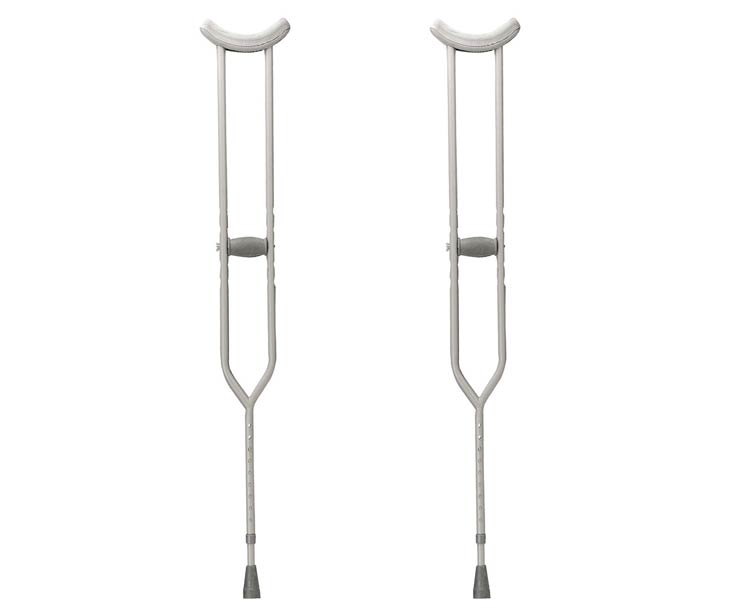 Heavy Duty Steel Crutches |
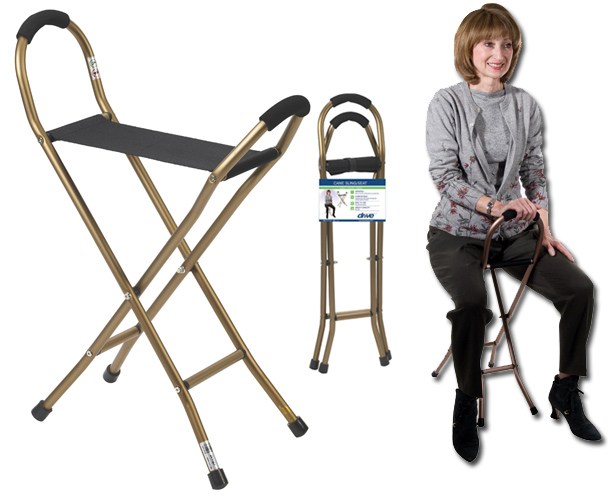 Cane Sling/Seat |
| |
|---|
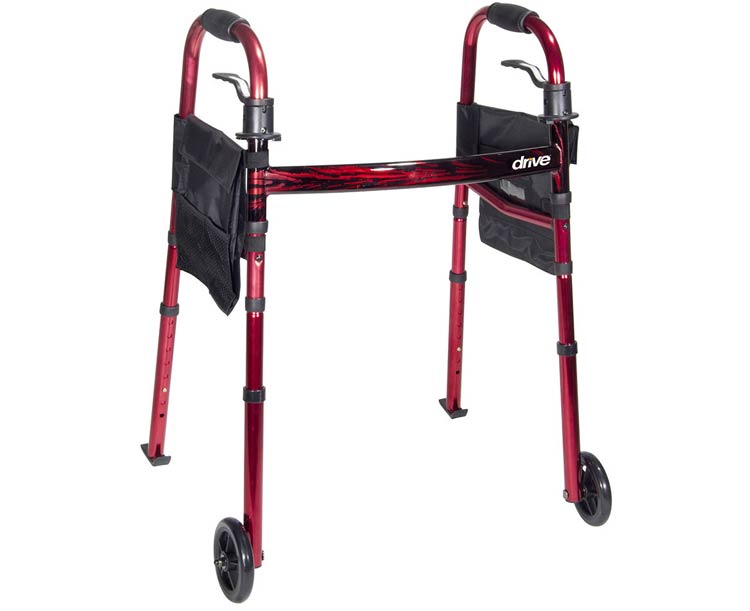 Drive Medical Deluxe Folding Travel Walker with 5" Wheels |
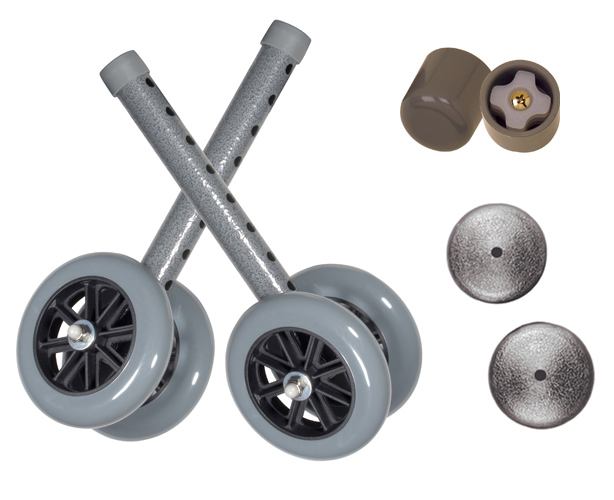 5 in. Walker Wheels for Folding Walker |
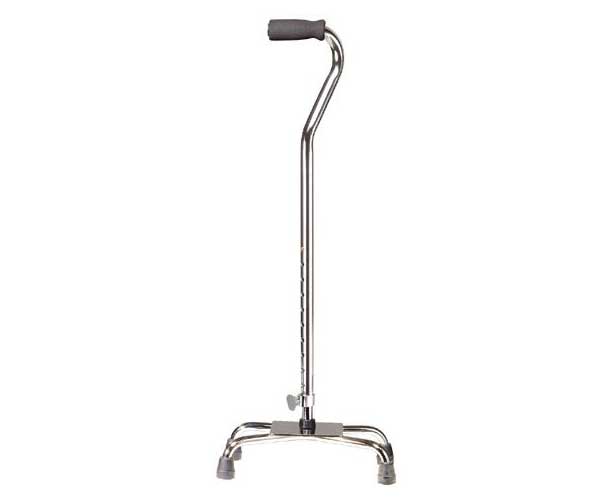 Quad Cane, Large Base |
| Stay Connected! | |
|
|
|
Related Articles
Get $10 off your next order when you sign up to receive our email newsletter.*
Simply enter your email address below!
*Minimum order value of $100. Valid email address to qualify.







